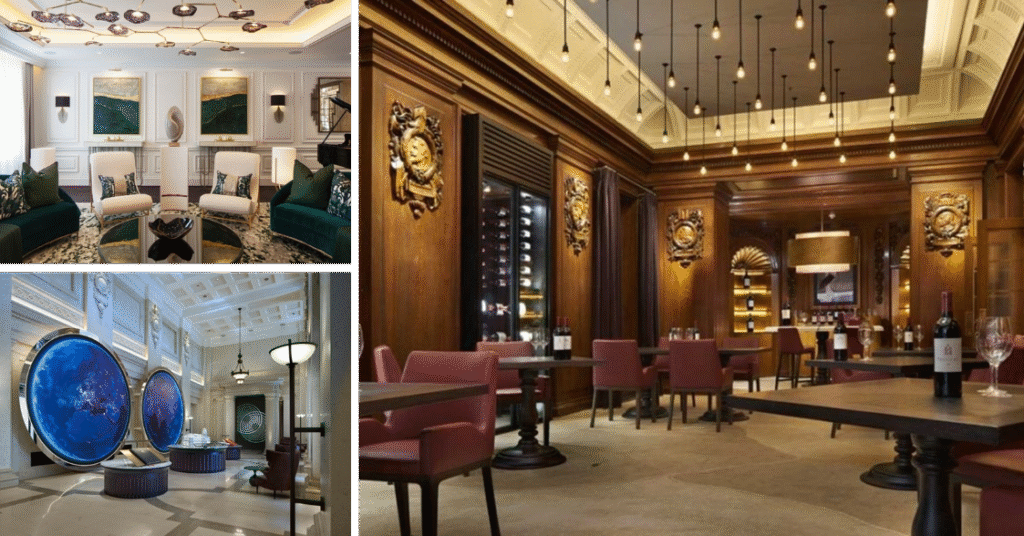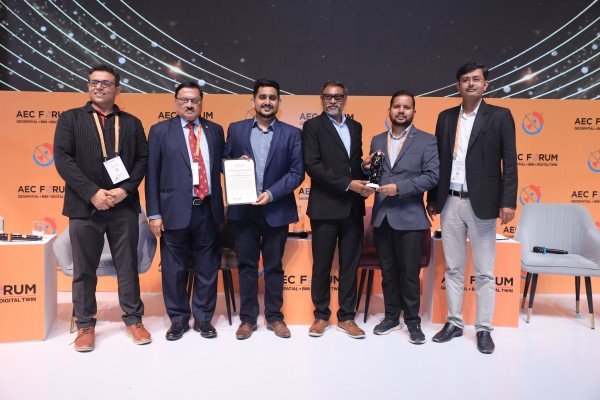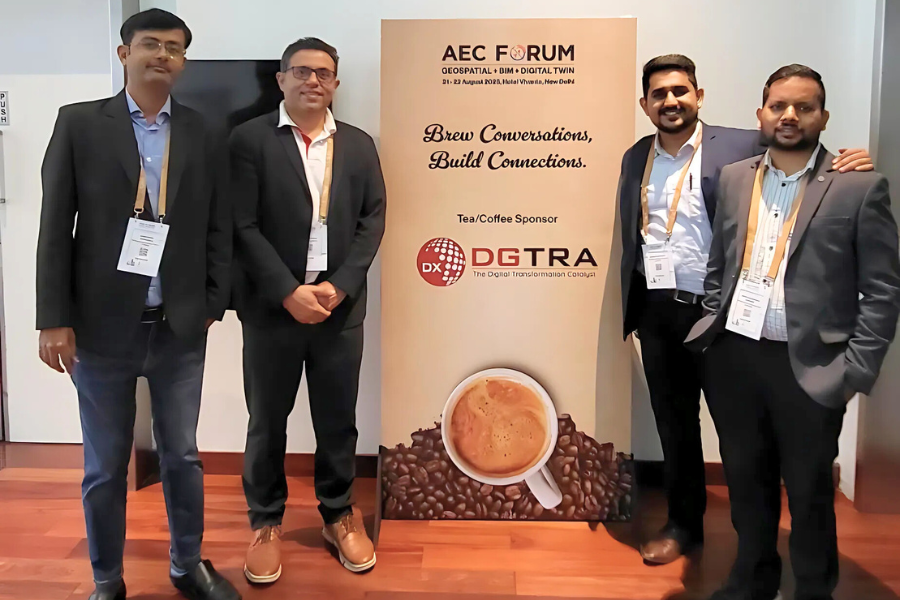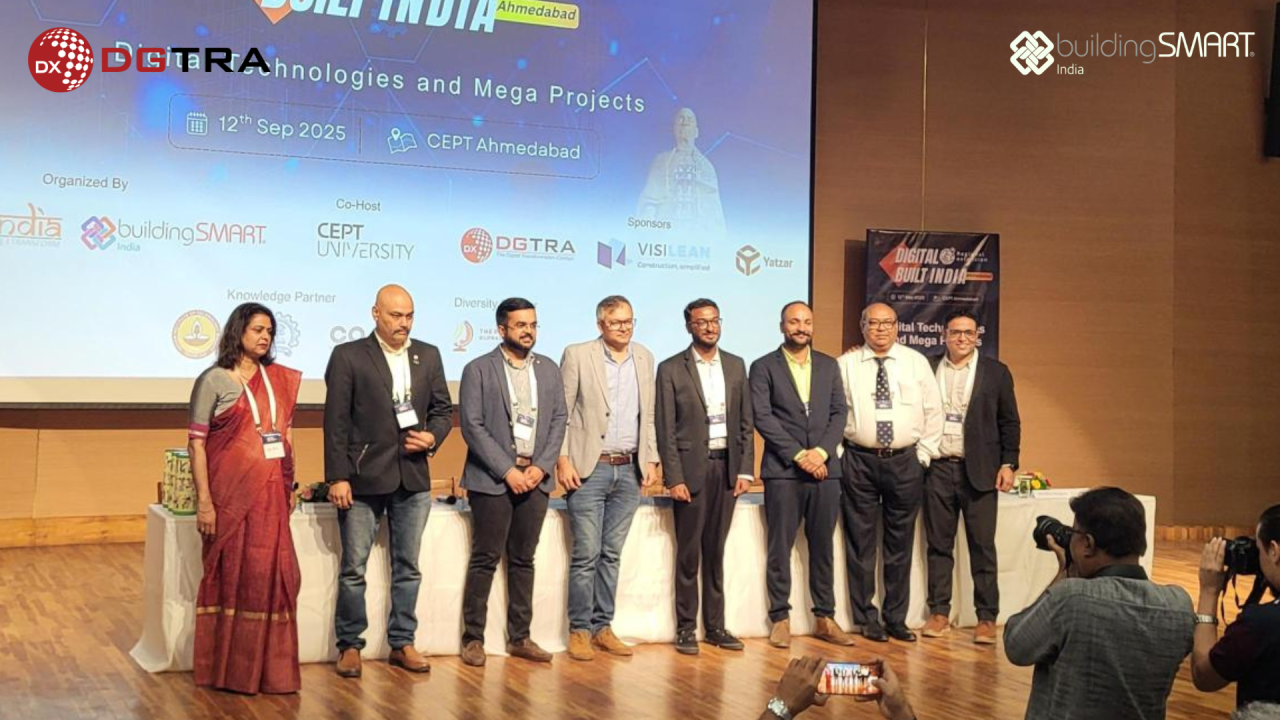Enabling precision planning and stakeholder alignment for luxury developments through Revit-enabled workflows
Client Overview
The client is a London-based luxury construction firm known for delivering bespoke residential and commercial fit-outs, including high-end penthouses, boutique hotels, and premium refurbishments. With a portfolio valued in the tens of millions, their projects are characterized by meticulous detailing, tight timelines, and high stakeholder expectations.
Problem Statement
Luxury construction projects often demand exceptional levels of coordination and planning. In this case, the client was seeking to improve project visibility, reduce on-site uncertainties, and optimize construction sequences across multiple disciplines. Without a digital coordination strategy, maintaining consistency in documentation and managing installation timelines was becoming increasingly difficult—especially in tight urban sites with limited access and bespoke finishes.
Key Challenges
- Lack of visualized construction sequencing limited pre-execution alignment
- Installation planning was heavily manual, increasing the risk of coordination errors
- Inconsistent drawing standards across fit-out packages
- Fragmented communication between design, construction, and client teams
- Increased risk of rework due to unforeseen trade clashes
- The need for secure, centralized data sharing among premium asset stakeholders
DGTRA’s Approach & Solutions
DGTRA was engaged to digitally enable the client’s project delivery workflows, with a focus on construction sequencing, coordinated documentation, and collaborative BIM integration. The goal was to align stakeholders early and create an end-to-end sequencing model that could support smarter decision-making and site execution.
Key services provided included:
- Revit-Based Installation Sequencing: Created detailed models to represent step-by-step trade installations and spatial logistics
- Construction Visualization: Developed timeline-integrated visuals to support contractor planning and client communication
- Coordinated Drawing Sets: Produced fully aligned documentation packages to reduce ambiguity across subcontractors
- Document Management Framework: Implemented structured workflows for drawing access, revisions, and approvals
- Centralized Collaboration: Set up a digital environment to streamline communication between architects, contractors, and clients
- Secure Data Sharing: Established permission-based access to ensure confidentiality on premium assets
Solution Ecosystem
DGTRA built a bespoke, scalable solution ecosystem that enabled end-to-end digital delivery without locking the client into a single platform or vendor.
The ecosystem included:
- Model-driven sequencing workflows to support daily planning and resource allocation
- Drawing and revision tracking layers to reduce version conflicts
- Data-centric coordination strategies to identify design-construction misalignments early
- A cloud-based collaboration space enabling teams across geography and disciplines to work in sync
- Visual planning tools tailored for stakeholder briefings and investor updates
This approach ensured consistency, visibility, and precision throughout the project lifecycle.
Conclusion
Through DGTRA’s intervention, the client was able to transform its traditional sequencing process into a digitally coordinated delivery system. The use of Revit-based modeling and centralized collaboration improved trade coordination, reduced last-minute clashes, and enabled better stakeholder confidence—from project kickoff to site execution.
By integrating design intent with build logic and documentation accuracy, DGTRA helped the client deliver complex, premium fit-outs with greater control, predictability, and polish—a critical requirement in the luxury construction segment.











